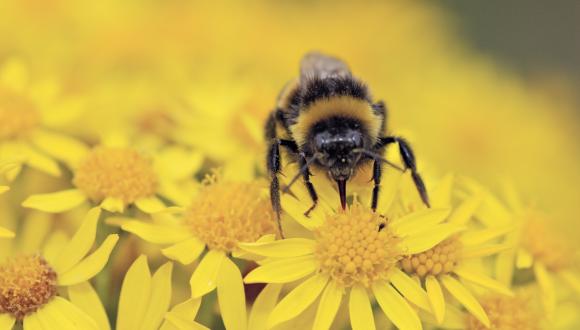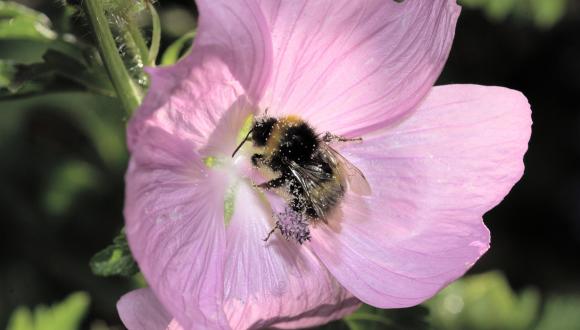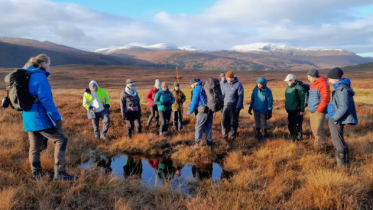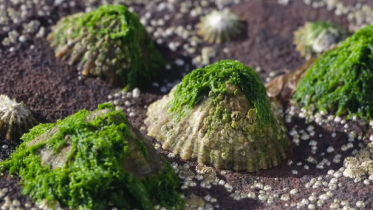
Other land invertebrate groups
Scotland boasts thousands of other invertebrate species, across groups ranging from bristletails and true bugs to woodlice and waterlice.
Invertebrates make up nearly all of animal life. Some of them have been on Earth for more than 400 million years.
Some invertebrates among the Scottish fauna are very abundant but little known because they’re so small. Other species are often overlooked because they live underground or hidden behind tree bark or among foliage.
Scotland’s other invertebrate groups include:
- millipedes and centipedes (Myriapoda or Myriapods)
- woodlice and waterlice (Isopoda or Isopods)
- bristletails (Thysanura and Diplura)
- springtails (Collembola)
- lice (Mallophaga and Anoplura)
- grasshoppers (Orthoptera)
- true bugs (Hemiptera)
- earwigs (Dermaptera)
- lacewings, alderflies and snake flies (Neuroptera)
Fossilised giant centipede tracks have been found on Arran and Skye and at Crail in Fife. Those in Fife date from about 350 million years ago.
The Rhynie Chert, found near the Scottish village of Rhynie, is one of world’s most exciting fossil beds of the first plants. It dates from about 410 million years ago and also contains springtails and mites, like those found today in decaying leaves in our modern woods.
Protection of invertebrates
Find out about our protected species of invertebrate.
Learn about protected invertebrate species and licensing.






